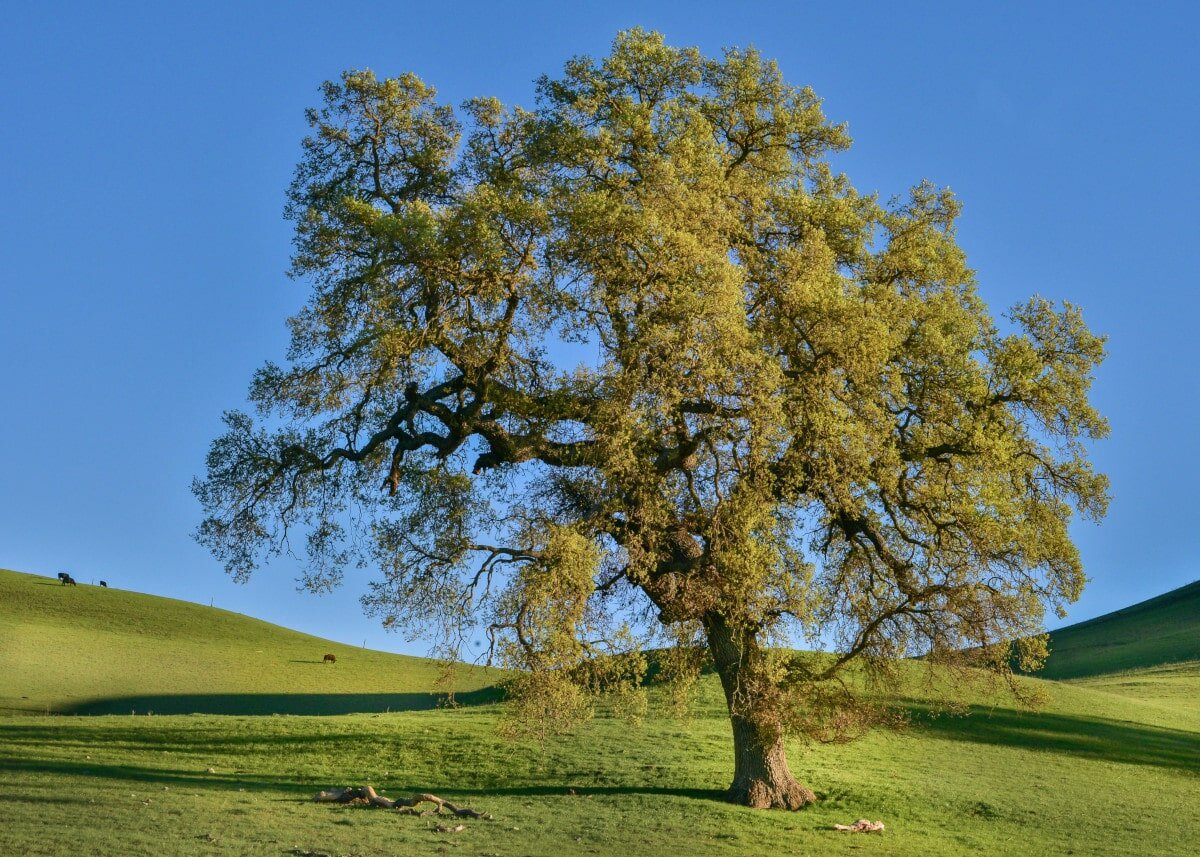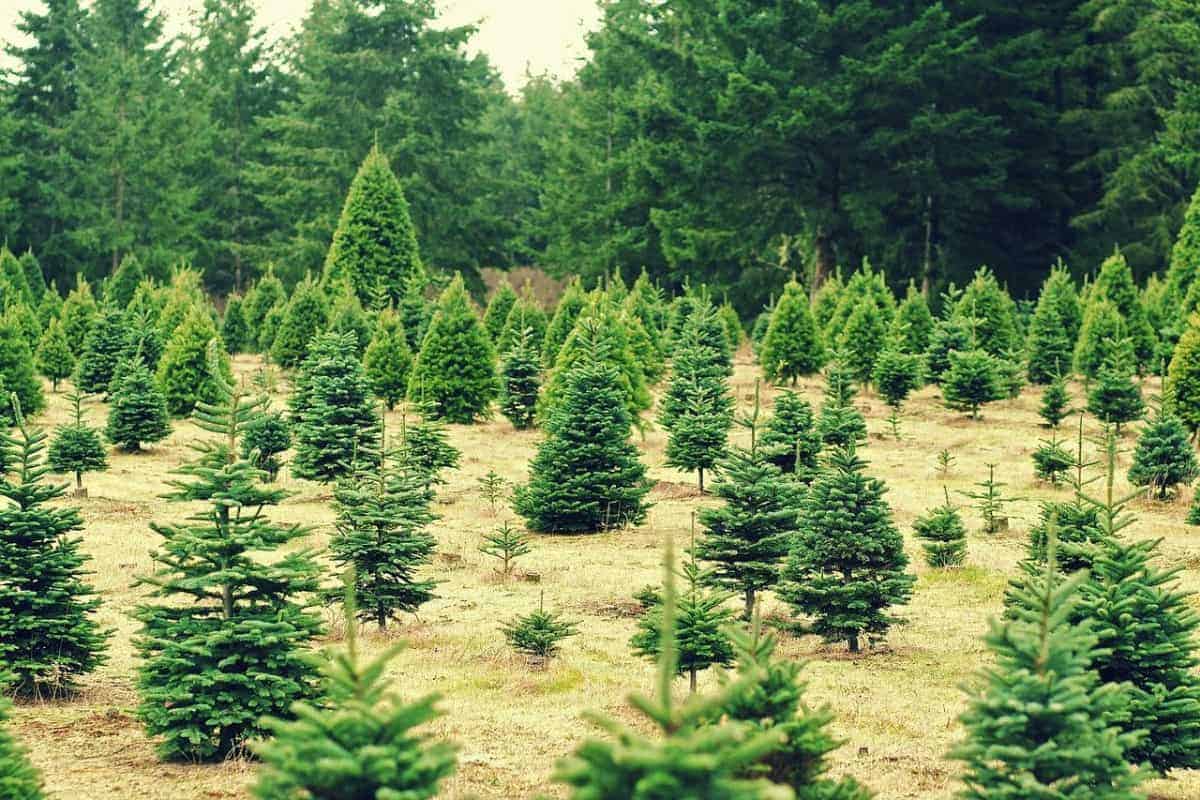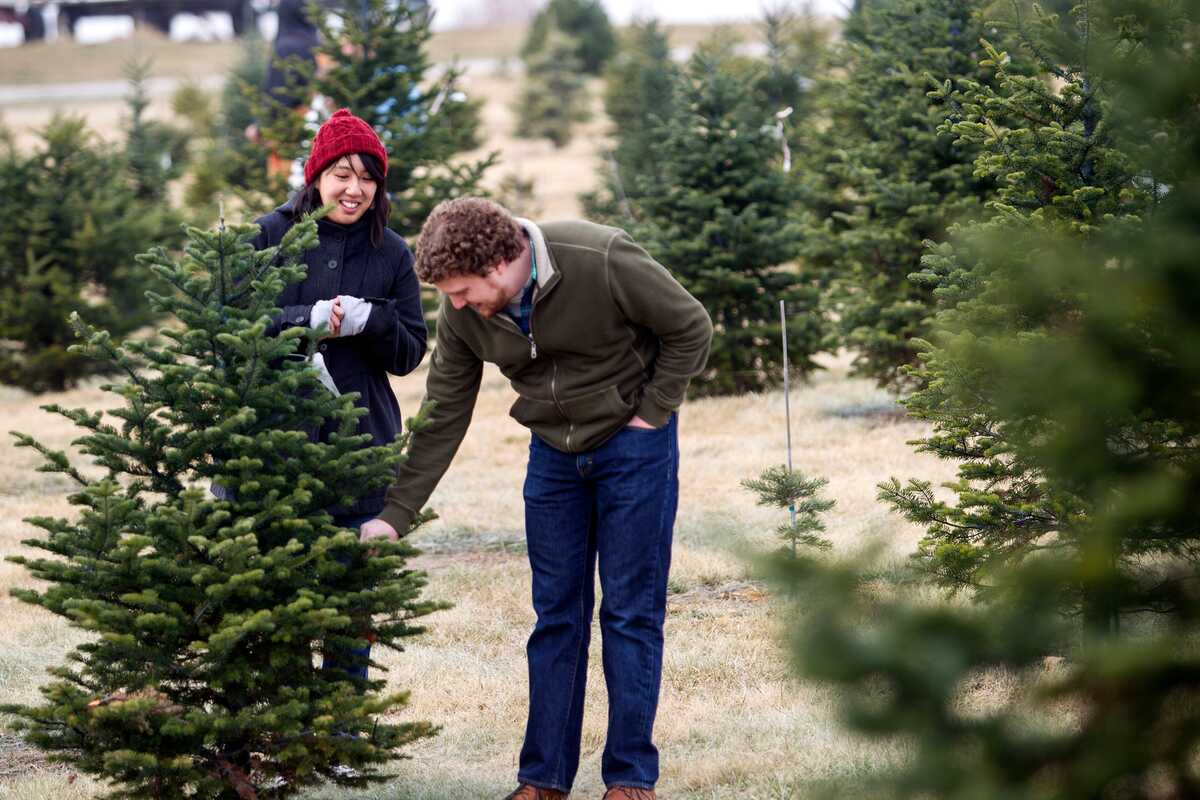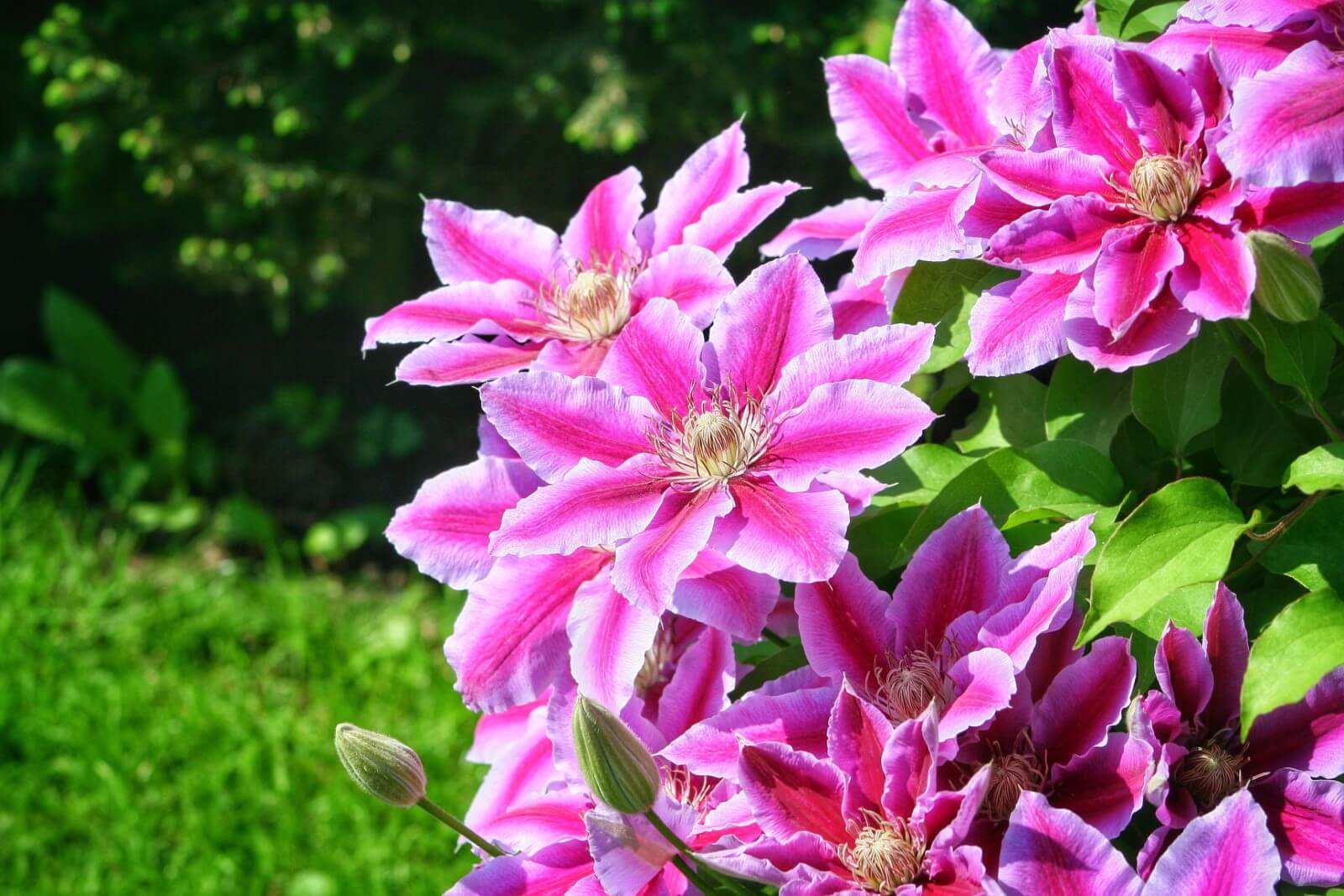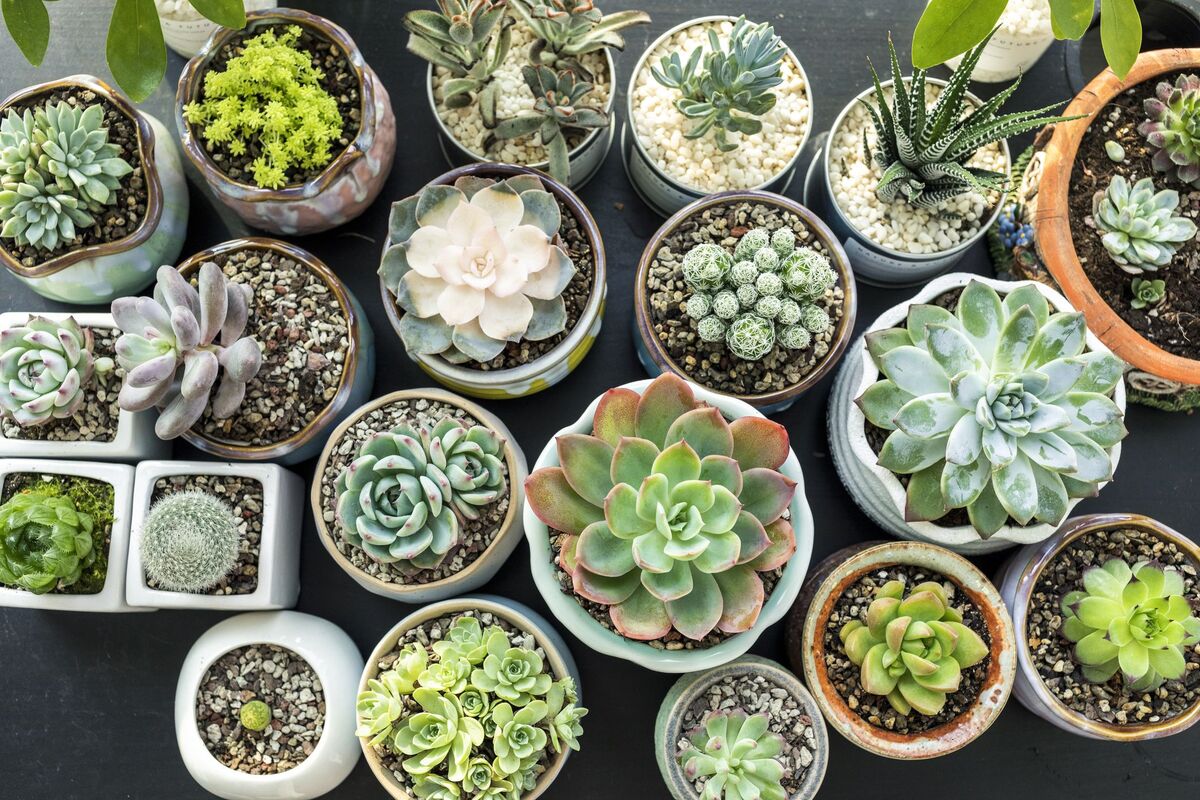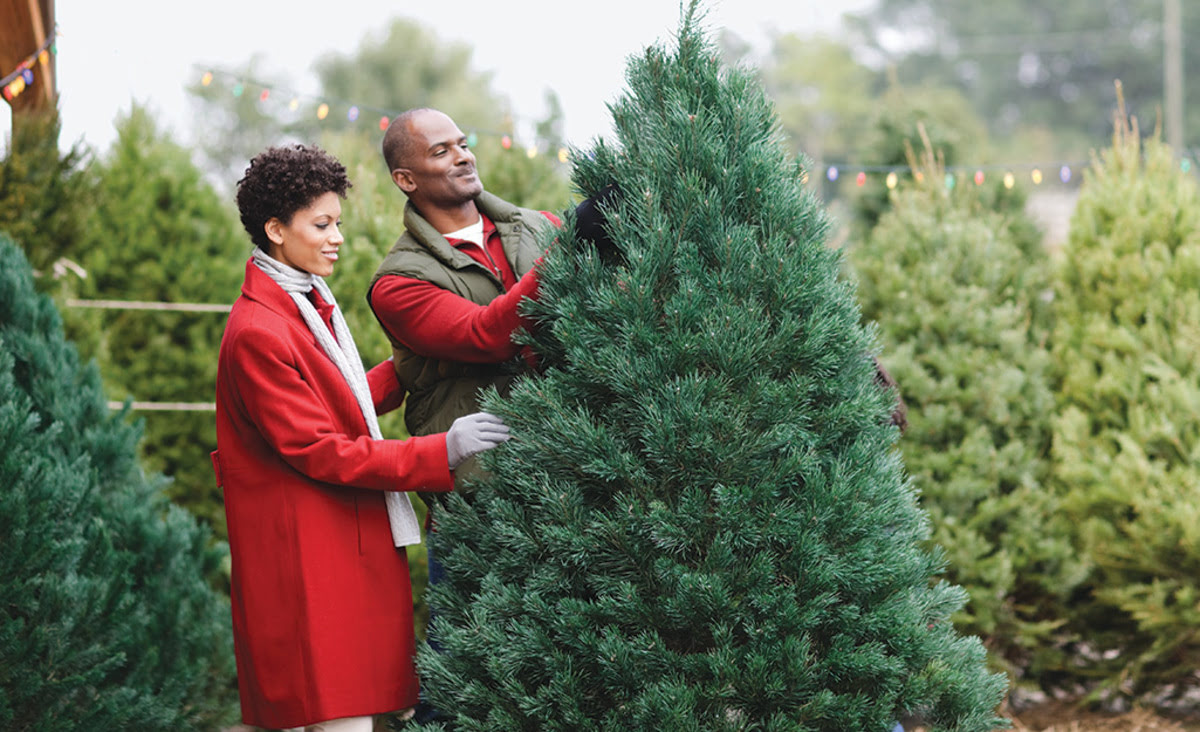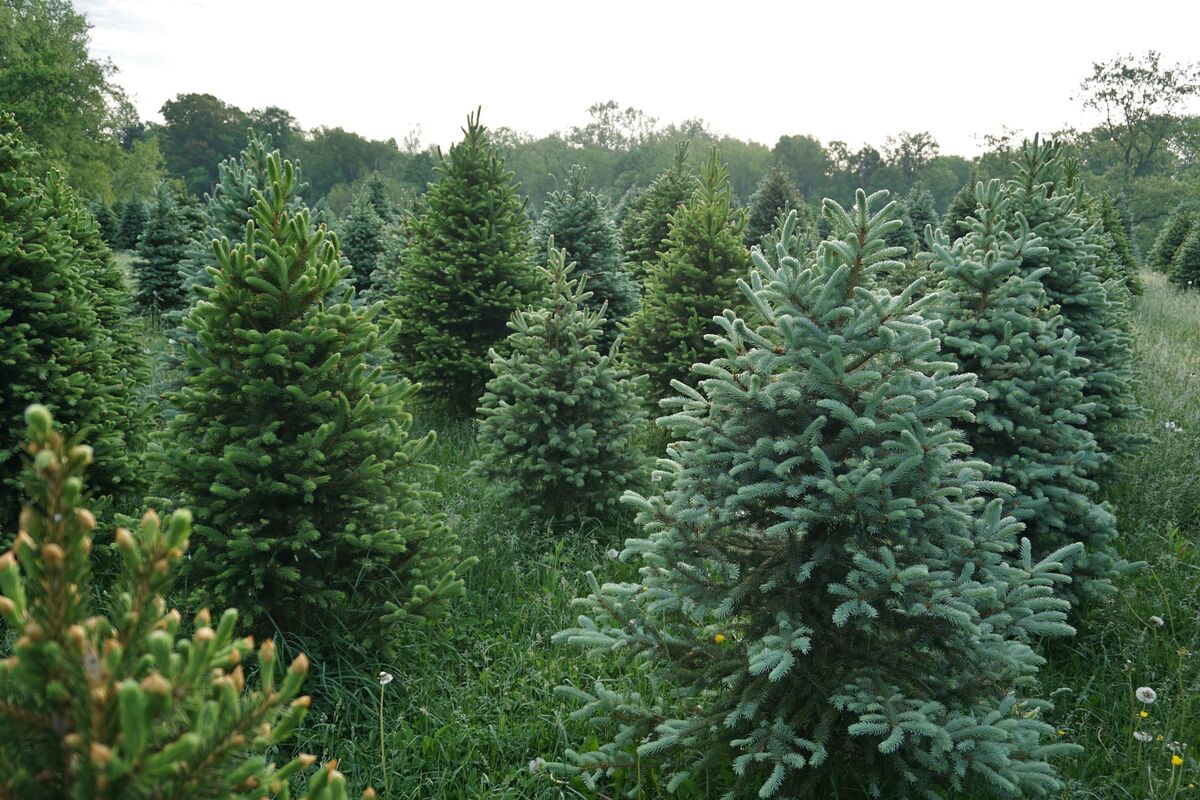Home>Gardening News and Trends>Latest News>What Kind Of Trees Are Christmas Trees
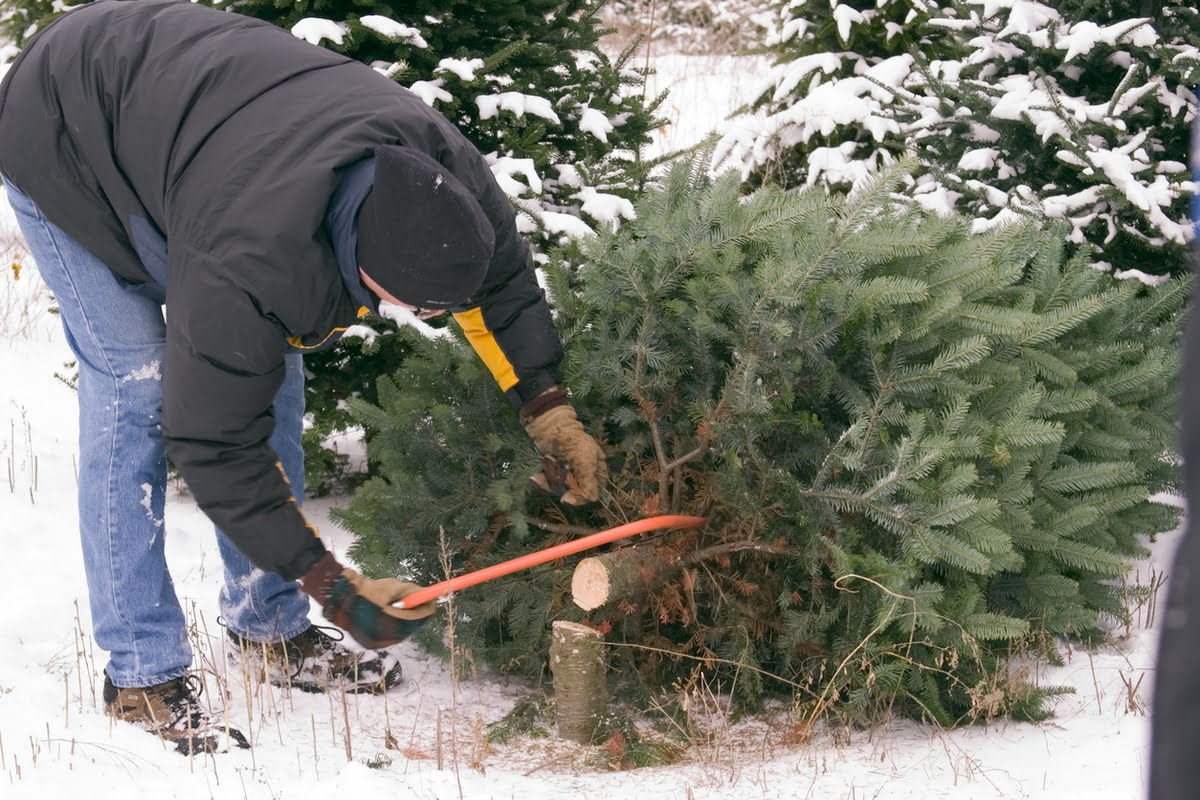

Latest News
What Kind Of Trees Are Christmas Trees
Modified: January 22, 2024
Discover the latest news on what kind of trees are commonly used as Christmas trees. Learn about the different types of trees and find the perfect one for your holiday celebration.
(Many of the links in this article redirect to a specific reviewed product. Your purchase of these products through affiliate links helps to generate commission for Chicagolandgardening.com, at no extra cost. Learn more)
Table of Contents
Introduction
When it comes to the holiday season, one of the most iconic and cherished decorations is the Christmas tree. The sight of a beautifully decorated evergreen tree instantly evokes feelings of joy, warmth, and festive spirit. But have you ever wondered what kind of trees are used as Christmas trees? From the traditional fir trees to the fragrant pines and spruces, there are various types of trees that are commonly chosen for this special tradition.
The selection of a Christmas tree is not merely a matter of personal preference; it also depends on the particular characteristics and qualities of each tree species. Each kind of tree brings its own unique beauty, scent, and durability to the holiday festivities. In this article, we will explore the different varieties of trees commonly used as Christmas trees and delve into the features that make them so popular among households around the world.
Whether you prefer a tree with soft, flexible needles, or one with strong branches to hold your cherished ornaments, there is a perfect Christmas tree for everyone. Let’s embark on this journey to discover the fascinating world of Christmas trees and find out which type might be the ideal choice for your holiday season.
Fir Trees
Fir trees are perhaps the most widely recognized and popular type of Christmas tree. Known for their dense and symmetrical shape, fir trees have long been associated with the holiday season. The most common species of fir used as Christmas trees include the Balsam Fir, Douglas Fir, and Fraser Fir.
One of the key reasons why fir trees are a top choice for Christmas trees is their excellent needle retention. The needles of fir trees tend to stay on the branches even when they dry out, reducing the mess that can be caused by shedding needles. This makes fir trees ideal for households with young children and pets.
Fir trees are also known for their pleasant aroma. The fragrance of a freshly cut fir tree can instantly fill a room and create a festive ambiance. Many people look forward to the distinctive scent of fir trees as it adds a touch of nostalgia and nostalgia to the holiday season.
In terms of appearance, fir trees typically have soft, flat needles that are dark green or bluish-green in color. Their branches are stout and sturdy, capable of supporting even heavier ornaments. This makes fir trees a popular choice for those who want to decorate their Christmas trees with a wide range of ornaments and lights.
Additionally, fir trees are generally easy to decorate due to their uniform shape and dense branches. They provide a symmetrical canvas for hanging holiday decorations and allow for a visually appealing display.
Overall, fir trees are a classic and timeless option for Christmas trees. Their excellent needle retention, delightful fragrance, and beautiful appearance make them a top choice for households celebrating the holiday season. Whether you desire a traditional, elegant, or rustic look, a fir tree can be the perfect centerpiece for your festive decorations.
Pine Trees
Pine trees are another popular choice when it comes to selecting a Christmas tree. Known for their distinct shape and vibrant green color, pine trees bring a touch of natural beauty and rustic charm to holiday celebrations. The most commonly used pine tree species for Christmas trees include the Scotch Pine, Eastern White Pine, and Virginia Pine.
One of the notable features of pine trees is their long, slender needles. These needles are typically arranged in clusters or bundles, giving the branches a lush and full appearance. The needles also tend to have a slightly coarser texture compared to fir trees, which can add a unique tactile element to your tree.
Pine trees are known for their strong branches, capable of supporting heavy ornaments and lights. This makes them a preferred choice for those who want to create a visually striking display with an abundance of decorations. The sturdy branches of pine trees also contribute to their overall durability, allowing them to withstand the weight of ornaments without drooping.
Another characteristic that sets pine trees apart is their pleasant fragrance. The scent of pine is refreshing and invigorating, evoking memories of crisp winter days and nature’s beauty. The aromatic appeal of pine trees adds an extra layer of sensory delight to the holiday festivities.
Aside from their aesthetic appeal, pine trees are also valued for their longevity. With proper care, pine trees can maintain their freshness throughout the holiday season, providing a lasting centerpiece for your decorations. Their needles tend to stay on the tree even when they dry out, reducing the need for constant cleaning.
Overall, pine trees offer a captivating blend of beauty, durability, and fragrance. Their slender needles, sturdy branches, and invigorating scent make them a popular choice for those seeking a traditional and timeless Christmas tree. Whether you prefer a simpler, rustic look or a tree adorned with a multitude of ornaments, a pine tree can be the perfect choice to bring the magic of the season into your home.
Spruce Trees
Spruce trees are another type of evergreen that is commonly used as a Christmas tree. With their triangular shape and vibrant green needles, spruce trees add a touch of elegance and grandeur to holiday decorations. Some of the popular spruce tree species used for Christmas trees include the Colorado Blue Spruce, Norway Spruce, and White Spruce.
One of the distinguishing features of spruce trees is their sharp, pointed needles. These needles are shorter and more rigid compared to other types of Christmas trees, giving the tree a somewhat dense and compact appearance. The needles of spruce trees typically range in color from bright green to bluish-green, adding depth and visual interest to the overall look of the tree.
In addition to their unique appearance, spruce trees are known for their strong branches. The branches of spruce trees are sturdy and can support heavier ornaments and decorations. This makes them a popular choice for those who want to create a lavish and extravagant display with a variety of ornaments and lights.
While spruce trees may not have the same needle retention as fir trees, they are still capable of maintaining their fresh appearance throughout the holiday season. With proper care and regular hydration, spruce trees can be long-lasting and continue to exude their natural beauty.
One notable characteristic of spruce trees is their invigorating scent. The fragrance of a spruce tree can fill the room and instantly transport you to a winter wonderland. The fresh and crisp aroma adds a delightful sensory element to the holiday atmosphere, making spruce trees a popular choice among those who appreciate the full sensory experience of the Christmas season.
Overall, spruce trees offer a combination of elegance, strength, and invigorating fragrance. Their sharp needles, robust branches, and captivating scent make them a preferred choice for those who desire a visually striking and aromatic Christmas tree. Whether you prefer a traditional or contemporary decor style, a spruce tree can bring a touch of sophistication and natural beauty to your holiday celebrations.
Other Varieties of Christmas Trees
While fir, pine, and spruce trees are the most commonly chosen types for Christmas trees, there are several other varieties that can add a unique touch to your holiday decorations. Each of these trees offers distinct characteristics and brings its own charm to the festive season.
Cypress trees, for example, are known for their slender and delicate appearance. With their feathery foliage and graceful branches, cypress trees can create a whimsical and ethereal atmosphere in your home during the holidays. They are often favored for their elegant silhouette and their ability to fit into smaller spaces.
Another option is the cedar tree, which provides a rustic and natural aesthetic. Cedar trees are characterized by their soft, spongy needles and their pleasant fragrance. Their rich green color and unique texture make them an appealing choice for those looking to infuse their holiday decorations with a touch of woodland charm.
For those seeking a contemporary and non-traditional Christmas tree, alternative options such as the Norfolk Island Pine or the Monterey Pine can be ideal. These trees have a unique shape and structure, resembling miniature versions of traditional Christmas trees. They are often chosen for their compact size and versatility, as they can be placed on tabletops or in small spaces.
It’s worth noting that there are also artificial Christmas trees available. These trees are made from materials such as PVC or PE and come in a wide array of styles and sizes. Artificial trees offer the advantage of being reusable, low-maintenance, and easy to store. They can be a practical choice for those who prefer a hassle-free decorating experience.
When selecting an alternative Christmas tree, it’s important to consider factors such as size, shape, and needle retention. Additionally, the choice between a real and artificial tree often comes down to personal preference and lifestyle considerations.
Ultimately, the variety of Christmas tree options enables individuals to find the perfect centerpiece for their holiday decorations, one that aligns with their style, space, and preferences. So whether you opt for a classic fir, a fragrant pine, a majestic spruce, or an alternative tree, the most important thing is to choose a tree that brings joy and festive spirit to your home during the holiday season.
Conclusion
The selection of a Christmas tree is a beloved tradition that adds a touch of magic to the holiday season. Whether you prefer the classic elegance of a fir tree, the rustic charm of a pine tree, the grandeur of a spruce tree, or the uniqueness of an alternative variety, there is a perfect Christmas tree for every home.
Fir trees with their excellent needle retention and delightful fragrance are a popular choice for their timeless beauty. Pine trees, with their slender needles, sturdy branches, and invigorating scent, bring a touch of natural charm and durability to holiday decorations. Spruce trees, with their sharp needles, robust branches, and captivating fragrance, offer a sense of elegance and strength to the festive atmosphere.
There are also other varieties of Christmas trees that provide a range of options to suit different preferences and styles. From the slender and delicate cypress trees to the rustic and fragrant cedar trees, these alternatives add their unique touch to your holiday decor. And for those seeking a contemporary and non-traditional look, artificial trees can be a practical choice that can be used year after year.
Regardless of the type of Christmas tree you choose, the most important thing is to find one that brings joy, warmth, and festive spirit to your home. Each tree has its own characteristics, from needle retention to scent, and offers a canvas for your personal creativity when it comes to decorating.
So as the holiday season approaches, take the time to explore the various types of Christmas trees and find the one that resonates with you and your family. Whether it’s the timeless beauty of a fir tree, the natural charm of a pine tree, the grandeur of a spruce tree, or the uniqueness of an alternative variety, your Christmas tree will be the centerpiece of cherished memories and create a magical ambiance throughout the holiday season.
Embrace the joy and tradition of selecting and decorating a Christmas tree, and let its presence bring warmth and happiness to your home.
